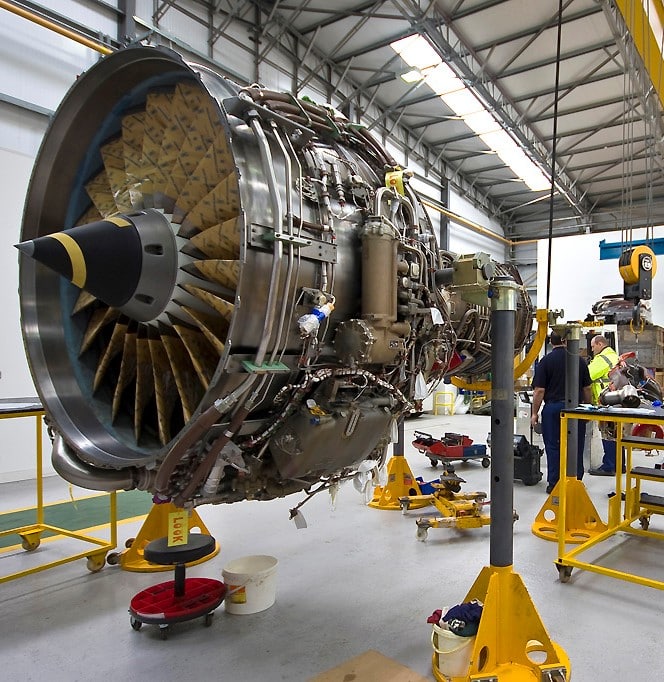Aircraft require timely maintenance and replacement of parts for their smooth operations. The aerospace industry is one the most critical and high-cost industry where both the availability and performance of tools can make a difference between life and death.
Under such conditions, it becomes incredibly important to utilize robust parts and equipment tracking features in the aerospace industry. The schedules and timelines of aerospace industry are tighter than usual due to such intense rise in air traffic. Additionally, the tools and equipment used for the processes and repair of aeronautical components are not only expensive but need to be scheduled according to the timelines of each individual aircraft.

- Provides real-time status- QR codes are capable of storing a wide range of information. Aerospace equipment needs to be in perfect operating conditions. QR tags can be easily stuck on tools and equipment that provide key information such as operating conditions, last scheduled maintenance, and allocated aircraft.
- Align maintenance with flight schedules- Maintenance of aeronautical tools and equipment can be easily scheduled using QR codes. Each part or manufacturing process can have a QR code attached to the body or near the locality. The QR code can be coded with information such as the aircraft details onto which the part is attached, its current status and operational data and its current location can be tracked with QR codes. GPS tracking is a much-utilized feature in the tracking of aerospace parts. QR codes by themselves do not have GPS capabilities. However, the scanning equipment or smartphone which reads the code can send its current location thereby providing live tracking of equipment. Since QR codes come in the form of stickers and tags, they can be attached to complex parts and difficult surfaces.
- Ease of equipment allocation- Since the aerospace uses such a wide variety of tools, it is important to match them correctly. Added to this, aircrafts need to maintain tight flight schedules. Hence, delays must be eliminated at every possible turn. Allocating and managing equipment for multiple aircrafts and repair schedules can be confusing and labor-intensive. QR tags stuck on tools and equipment can store data about their scheduled project and time of use. By storing all the information regarding equipment ownership and allocation on QR codes, field officers can eliminate mistakes and delays in aircraft repair. It is also possible to match the right aircraft to its corresponding bay or garage. By coding the GPS location of the bay or garage into a QR code stuck on the body of aircraft, they can be easily identified and managed.


